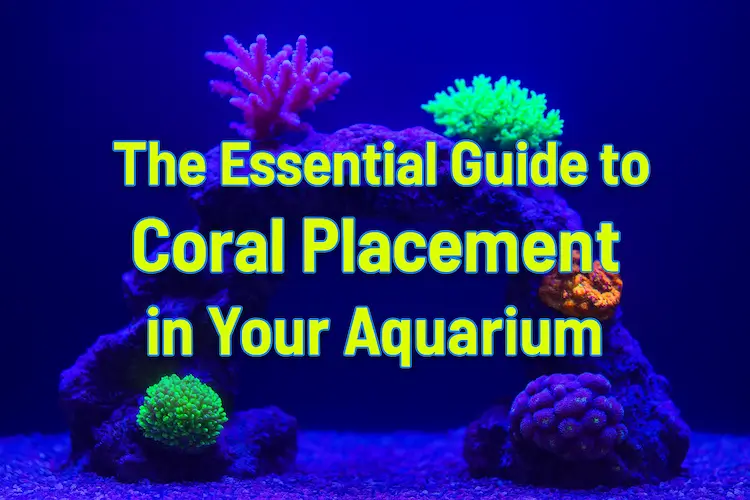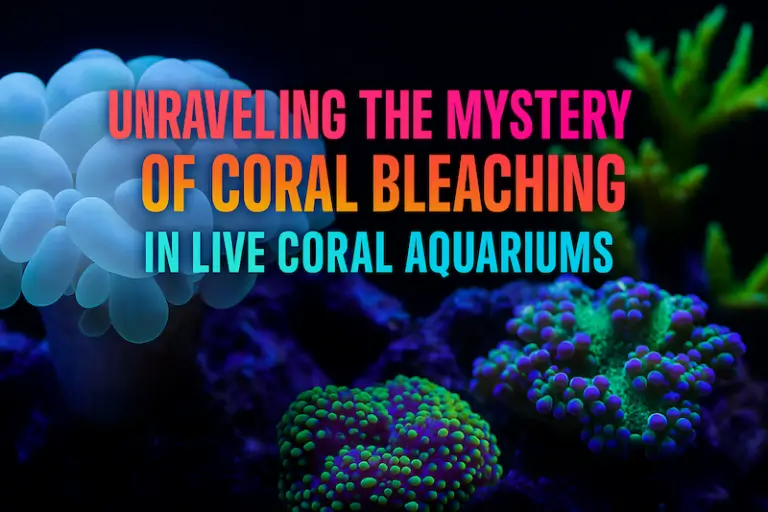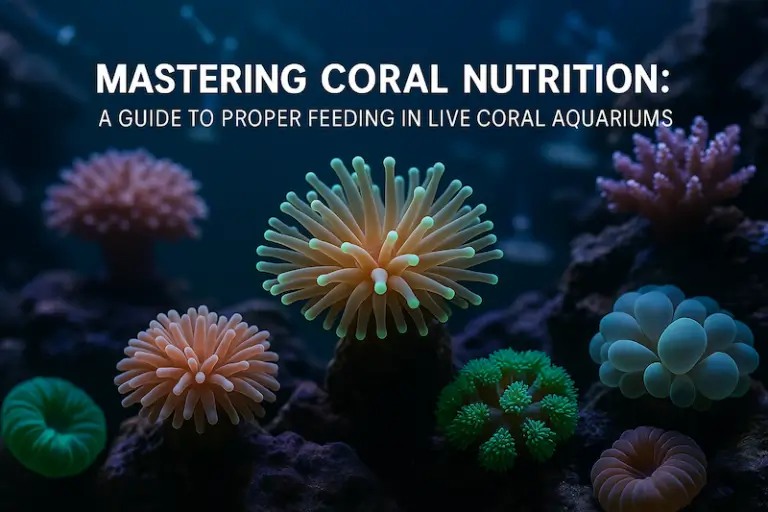Coral Placement 101 – Where and How to Position Corals in Your Reef Tank
Coral placement is a critical aspect of maintaining a thriving and aesthetically pleasing live coral aquarium. In this comprehensive guide, we will discuss the importance of strategic coral placement, the factors to consider when deciding on placement, and tips for arranging your corals for optimal health and growth.
Whether you are a seasoned reef tank enthusiast or a newcomer to the hobby, mastering coral placement techniques will elevate the beauty and success of your underwater ecosystem.
Understanding Coral Placement
Coral placement within an aquarium is more than just arranging them based on aesthetics; it is about creating an environment that mimics the natural reef ecosystem. Proper placement not only enhances the visual appeal of your tank but also promotes the health and growth of your corals. Understanding the needs and behaviours of different coral species is crucial in determining their placement within your aquarium.

Factors to Consider when Placing Corals
1. Lighting Requirements: Different coral species have varying lighting requirements. Placement of light-sensitive corals too close to high-intensity light sources can cause them to bleach or deteriorate. Understanding the lighting needs of your corals is essential for their well-being.
Related Article: The Ultimate Guide to Vibrant Corals – Part 2 : Mastering Coral Lighting
2. Flow and Current: Proper water flow is vital for delivering nutrients and oxygen to corals, as well as carrying away waste and debris. Placing corals in areas with adequate or specific flow patterns ensures they receive the necessary sustenance for growth.
Related Article: The Ultimate Guide to Vibrant Corals – Part 4 – Flow Dynamics: Enhancing Coral Health and Colouration
3. Compatibility: Some corals release allelopathic chemicals that can be harmful to neighbouring corals. Understanding the compatibility of different coral species is crucial to prevent aggression and ensure a harmonious coexistence within your aquarium.
4. Space and Growth Potential: Corals need space to grow and expand. Placing corals too close together can lead to competition for space and resources, resulting in stunted growth or even death. Considering the growth potential of each coral species is essential for long-term success.
Tips for Effective Coral Placement
1. Research and Planning: Before introducing corals into your aquarium, research their specific requirements and compatibility. Create a placement plan based on the needs of each coral species to ensure a harmonious and thriving ecosystem.
2. Layering and Depth: Create depth and dimension in your tank by placing corals at different levels within the water column. Taller corals can be placed towards the back of the tank, while shorter corals can be positioned towards the front to create a visually appealing layout.
Related Article: Creating a Zen Reef Tank: Incorporating Feng Shui Principles
3. Rockwork and Substrate: Utilise live rock structures and substrate to provide natural perches and anchoring points for your corals. Securely placing corals on stable surfaces prevents them from toppling over and allows for better growth and attachment.

4. Regular Monitoring and Adjustments: As your corals grow and develop, regularly monitor their growth patterns and adjust their placement as needed. Ensuring adequate space for expansion and preventing overcrowding promotes the overall health and vitality of your coral community.
Conclusion
Mastering the art of coral placement is a fundamental skill for successful live coral aquarium keeping. By understanding the specific needs of each coral species, considering important factors such as lighting, flow, and compatibility, and implementing effective placement strategies, you can create a vibrant and sustainable underwater ecosystem. With proper research, planning, and regular maintenance, your coral reef tank will flourish with beauty and diversity, providing endless enjoyment for both you and your marine inhabitants.








